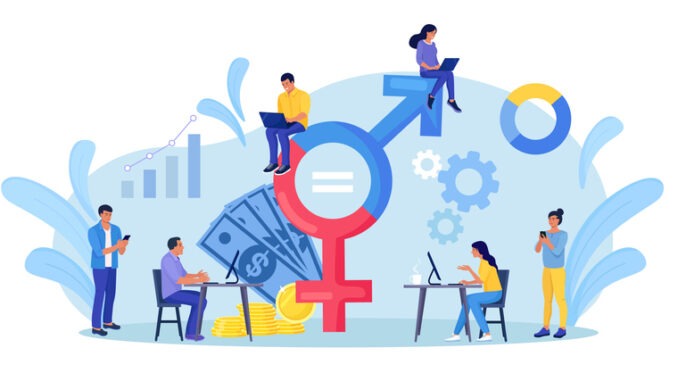
The gender gap in the workplace has been a persistent issue, affecting women across various industries, and even more pronounced for women of colour. Despite increased awareness and discussion about workplace inequality, significant efforts are still needed to bridge the gap. But what exactly is the current state of gender inequality, and what can be done to address it?
CREDIT: This is an edited version of an article that originally appeared on Business News Daily
Recent studies, like the one from McKinsey, show some progress in women’s representation in corporate roles. In 2023, women held 28% of C-suite roles, an increase from 22% in 2018. However, there’s still a long way to go, especially in middle-management, which is crucial for career advancement. Women occupy only 36% of senior manager/director positions and 40% of manager roles.
Women of colour face even greater disparities. Only 6% of executive roles and 13% of manager roles are held by women of colour. For every 100 men promoted to manager, only 73 women of colour get the same opportunity, compared to 87 women overall.
Microaggressions in the workplace
Microaggressions continue to severely impact women at work. Women are twice as likely as men to have their emotional state commented on and 2.5 times more likely to have their appearance critiqued. LGBTQ+ women experience this at a rate 6.5 times higher than men. Additionally, women of colour are 5.5 times more likely to be mistaken for someone of the same race, and women with disabilities are three times more likely to be confused for a junior staff member.
Creating gender equality
So, how can organisations actively work towards gender equality?
- Focus on diverse recruitment: Ensuring a diverse candidate pool starts with inclusive job descriptions and unbiased hiring processes. Use diversity hiring tools, involve multiple people in interviews, and check references thoroughly to understand a candidate’s true potential.
- Fair compensation and promotion: Develop transparent, equitable pay structures and promotion procedures. Ensure that hardworking and talented women have the same opportunities for advancement as their male counterparts.
- Supportive employee benefits: Offer comprehensive benefits that support work-life balance, such as flexible working hours, remote work options, and better access to childcare. This can significantly reduce burnout and help retain women in the workforce.
- Diversity and inclusion training: Implement training programs to educate employees on acceptable workplace behaviours and to address biases. These programs can foster a more inclusive environment and encourage employees to act as allies.
- Manager accountability: Tie managers’ bonuses to diversity and inclusion goals. Track and measure their efforts to promote a diverse workplace and hold them accountable for meeting these objectives.
- Inclusive company culture: Cultivate a workplace culture where all employees feel valued and included. An inclusive culture helps reduce microaggressions and supports retention of women in the workforce.
- Stay informed on legal changes: Keep up with laws and regulations aimed at promoting gender equality. Understanding and complying with these laws can help ensure your workplace is fair and just.
Benefits of bridging the gender gap
Addressing the gender gap isn’t just about fairness—it’s also good for business. Companies with diverse workforces often see increased creativity and innovation, better employee retention, and higher productivity. Engaged employees who feel valued are more likely to go the extra mile, which can lead to greater financial returns and a stronger market position.
Closing the gender gap requires concerted efforts from managers to foster inclusivity and support for women. By taking intentional actions, such as fair hiring practices, equitable compensation, and promoting an inclusive culture, employers can help bridge this long-standing divide, benefiting both their employees and their organisations.


Be the first to comment